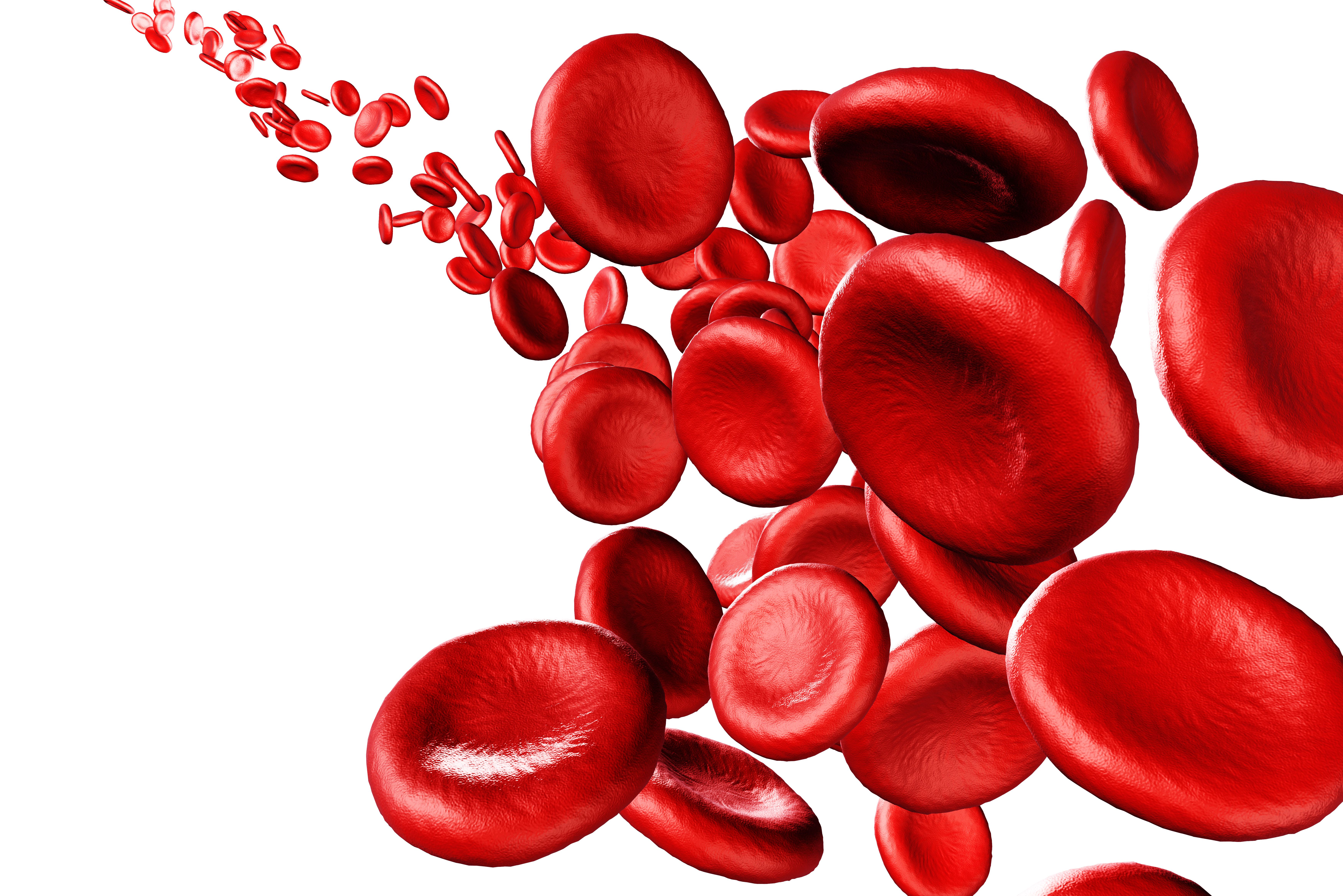MagnetisMM-6 Data Suggest Safety, Manageability of Elranatamab Combo in NDMM
Results from part 1 dose level G of the MagnetisMM-6 trial found elranatamab, daratumumab, and lenalidomide to be safe and manageable in NDMM.
Results from part 1 dose level G of the MagnetisMM-6 trial found elranatamab, daratumumab, and lenalidomide to be safe and manageable in NDMM.

Elranatamab-bcmm (Elrexfio) plus daratumumab (Darzalex) and lenalidomide (Revlimid; EDR) is safe and manageable for patients with transplant-ineligible multiple myeloma, according to results from the phase 3 MagnetisMM-6 Part 1 dose level G trial (NCT05623020), presented at the 2025 American Society of Clinical Oncology (ASCO) Annual Meeting.
The confirmed objective response rate (ORR) by the investigator was 97.3% (95% CI, 85.8%-99.9%), 94.6% of patients had a very good partial response (VGPR) or better, and 27.0% had a complete response or better. The median time to response was 1.5 months (range, 0.3-4.2).
At the December 23, 2024, data cutoff, the median follow-up was 4.6 months (range, 1.2-6.2), the ORR was 91.9%, 10.8% had a PR, 75.7% had a VGPR or better, 2.7% had a complete response (CR), and 2.7% had a stringent CR. At the April 1, 2025, data cutoff, the median follow-up was 7.9 months (range, 1.2-9.5), the ORR was 97.3%, 2.7% of patients had a PR, 67.6% had a VGPR, 18.9% had a CR, and 8.1% had a stringent CR.
“Initial data from MagnetisMM-6 Part 1 dose level G demonstrate that the combination of [EDR] is effective and manageable in patients who are transplant-ineligible with newly diagnosed multiple myeloma,” Hang Quach, MBBS, FRACO, FRCPA, MD, a professor of hematology at the University of Melbourne and head of the Department of Clinical Hematology and Clinical Hematology Research at St Vincent’s Hospital Melbourne in Australia, said during the presentation.
A total of 37 patients were assessed in part 1 dose level G. Patients were given 76 mg of subcutaneous elranatamab every 4 weeks, plus 1800 mg of subcutaneous daratumumab and 25 mg of lenalidomide by mouth.
Patients were eligible for part 1 of the trial if they were 18 years or older with relapsed/refractory multiple myeloma and/or transplant-ineligible newly diagnosed multiple myeloma; had measurable disease via the International Myeloma Working Group criteria; had an ECOG performance status of 2 or less, and had adequate liver, renal, and bone marrow function.
The primary end point was dose-limiting toxicities (DLT) during the DLT observation period. Secondary end points included adverse effects (AEs) and laboratory abnormalities, ORR and CR rates, time to event end points, minimal residual disease negativity rate, pharmacokinetics, and immunogenicity.
For cycle 0 on day 1, the elranatamab dose was 12 mg. On day 4, it was 32 mg, and on day 8, it was 76 mg. During cycles 1 and 2, patients were given 76 mg of subcutaneous elranatamab plus 1800 mg of subcutaneous daratumumab, and 25 mg of oral lenalidomide on day 1; on days 8 and 15 patients were given 1800 mg of subcutaneous daratumumab and oral lenalidomide at 25 mg; and on day 22, 1800 mg of subcutaneous daratumumab.
For cycles 3 to 6, treatment was matched for days 1 and 15; on day 8, only oral lenalidomide at 25 mg was given. For cycles 7 or more, day 1 was matched, and on days 8 and 15, patients received 25 mg of oral lenalidomide.
The median patient age was 75.0 years, 62.2% were female, 86.5% were White, and 59.5% had an ECOG performance status of 0. Additionally, 54.1% of patients had revised International Staging System stage II, 100% did not have extramedullary disease, and 24.3% were frail.
Any grade treatment-emergent AEs (TEAEs) that were hematologic included neutropenia (75.7%), anemia (35.1%), and thrombocytopenia (16.2%). Those that were nonhematologic included cytokine release syndrome (62.2%), pyrexia (37.8%), cough (29.7%), and nausea (29.7%).
Hematologic TEAEs of grade 3/4 included neutropenia (73.0%), anemia (18.9%), and thrombocytopenia (10.8%). Nonhematologic TEAEs of grade 3/4 included asthenia (10.8%), rash (8.1%), decreased appetite (5.4%), diarrhea (2.7%), and hypogammaglobulinemia (2.7%).
Additional TEAEs of any grade included infections (70.3%), upper respiratory tract infection (21.6%), Escherichia urinary tract infection (10.8%), bronchitis (8.1%), and cytomegalovirus reactivation (10.8%).Grade 3/4 TEAEs included infections (18.9%), Escherichia urinary tract infection (2.7%), cytomegalovirus reactivation (2.7%), and pneumonia (2.7%).
In 91.9% of patients, immunoglobulin replacement therapy was given. One patient had grade 5 Candida pneumonia.
“Phase 3 MagnetisMM-6 Part 2 (opening soon) will evaluate EDR vs daratumumab plus lenalidomide and dexamethasone in patients who are transplant-ineligible and transplant-deferred with newly diagnosed multiple myeloma,” Quach concluded.
Reference
Quach H, Pour L, Grosicki S, et al. Elranatamab in combination with daratumumab and lenalidomide (EDR) in patients with newly diagnosed multiple myeloma (NDMM) not eligible for transplant: Initial results from MagnetisMM-6 part 1. Presented at the 2025 American Society of Clinical Oncology (ASCO) Annual Meeting, May 30-June 3, 2025; Chicago, IL. doi:10.1200/JCO.2025.43.16_suppl.7504